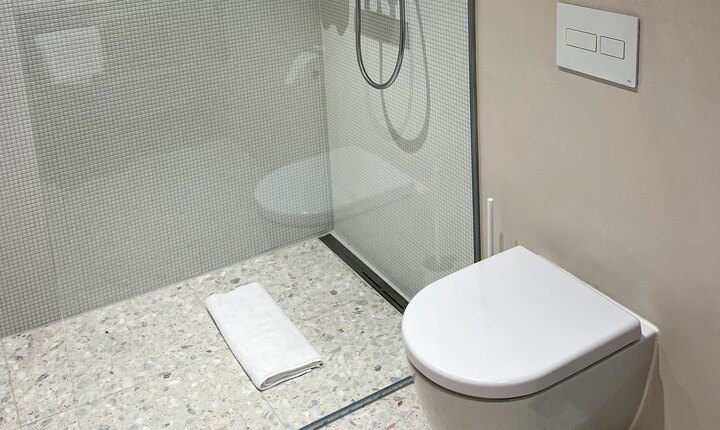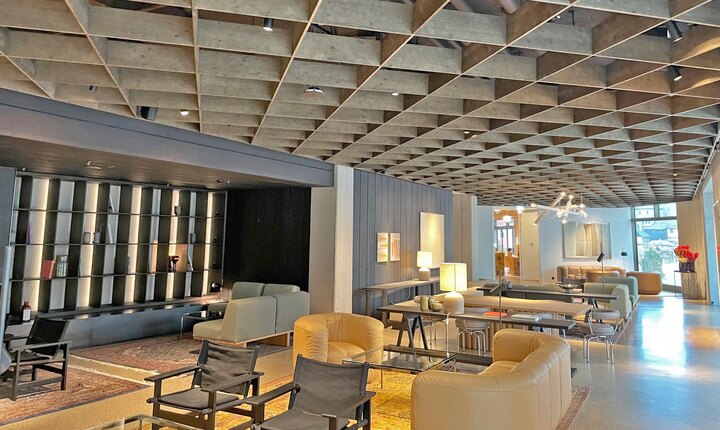
The Augustinerhof – Nuremberg's new highlight
Today, the city's new highlight is located right where once Nuremberg’s great Augustinian monastery stood from the Middle Ages to the late 19th century. The Augustinerhof. To the west of the main market, between Karlstraße and Winklerstraße, it lies cleverly embedded in the Nuremberg old town. With a useable area of 23,000 square metres, the building complex covers a total area of 5,200 square metres. Here you will find not only a branch of the Deutsches Museum, but also the Karl August Hotel and several retail shops and restaurants. A special feature is the pedestrian zone which runs through the area of the new Augustinerhof.
In 2007, the alpha group bought the former monastery site. Shortly after in 2008, the design of the well-known architect Volker Staab prevailed in an urban planning competition. Staab was familiar with Nuremberg from previous projects such as the Neues Museum or the Sebalder Höfe. You could say that Nuremberg bears Staab's signature in parts. Most of his designs are clearly structured. With the Augustinerhof, Staab created a clear division with a contemporary design that nevertheless blends in well with the existing structures with its pitched roofs.

Clear line also in the potable water installations
The clear outer line is also reflected in the interior design of the four-star “Karl August” hotel. A total of 120 rooms are available to guests from all over the world. The sanitary facilities were a key point in the planning and construction of the rooms. A total of 137 TECEprofil toilet modules with integrated potable water hygiene flushings were installed in the hotel rooms, as well as in the sanitary rooms for the staff and the restaurant. These help to automate operation of the potable water system as intended, prevent stagnation in the pipe network and therefore stop microorganisms from developing. The electronic hygiene flush is integrated directly into the cistern of the toilet module, which makes planning considerably easier. For Jürgen Brunner from the relevant planning office Projekt-HLS GmbH, this was the decisive point in opting for the potable water hygiene flush from TECE: “This project was the first time we had used the TECE potable water hygiene flush. The integration into the cistern makes planning much easier. I estimate that the planning involved in the sanitary installation is reduced by three to five percent.”
Compared to traditional hygiene flushes, this not only saves time, it also saves additional components: The hygienic flush unit integrated in the cistern consists of a control unit, two separate solenoid valves for hot and cold water pipes, a level sensor and a connection for optional attachment to the building management system. All components are pre-assembled ex works, which saves valuable installation time. Not only this, additional pipe routes and unsightly inspection openings are also avoided. For example, the clearly designed toilet flush plate can be easily removed and used as an inspection opening.
Safety through digitalisation
Hygienically perfect potable water is one of the top priorities for protecting guests. Where previously, during long periods of vacancy and room by room, sufficient quantities of hot and cold water had to be drained and documented by the staff, this is now done by the TECEsmartflow software using an automatic and digitalised log function which stores all the flushing processes. This means that the guests of the Augustinerhof don’t have to worry about a potential legionella infestation - thanks to the implementation of the sanitary facilities with TECE, operation as intended is assured.



